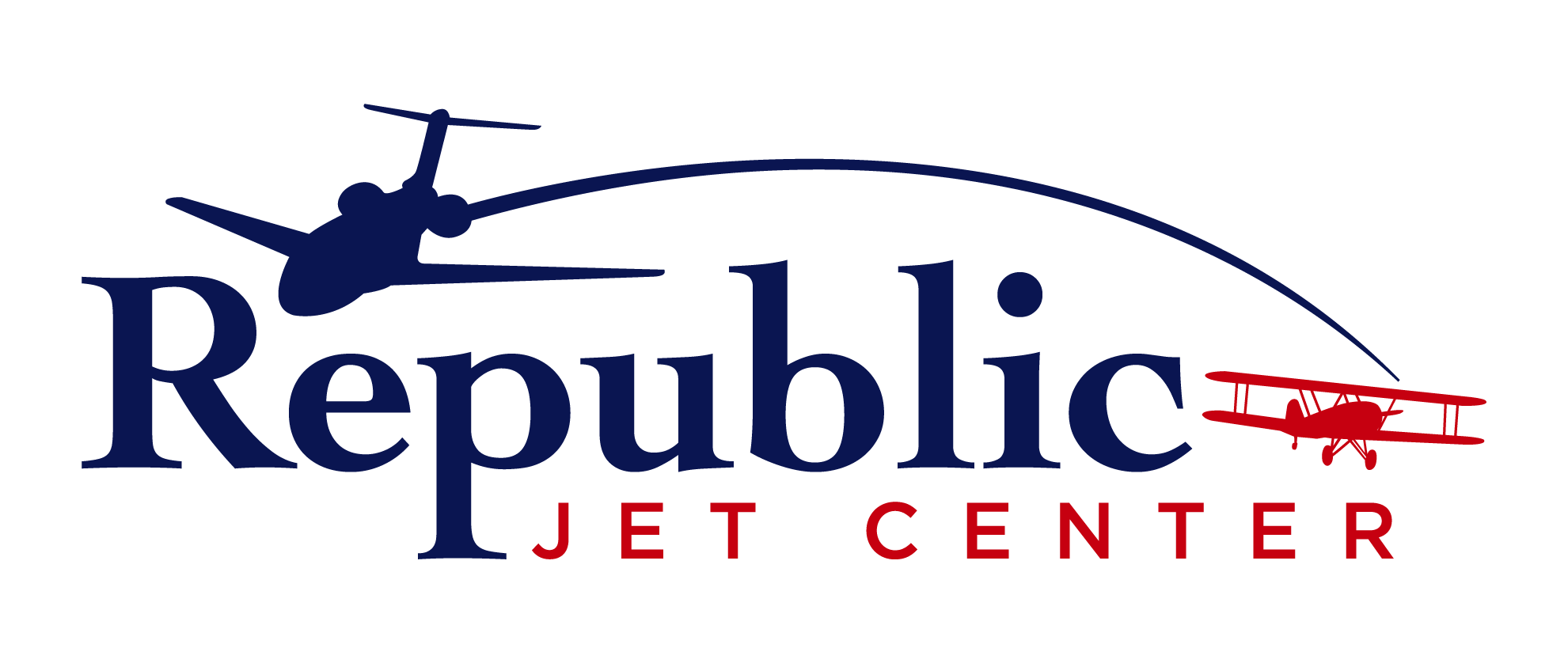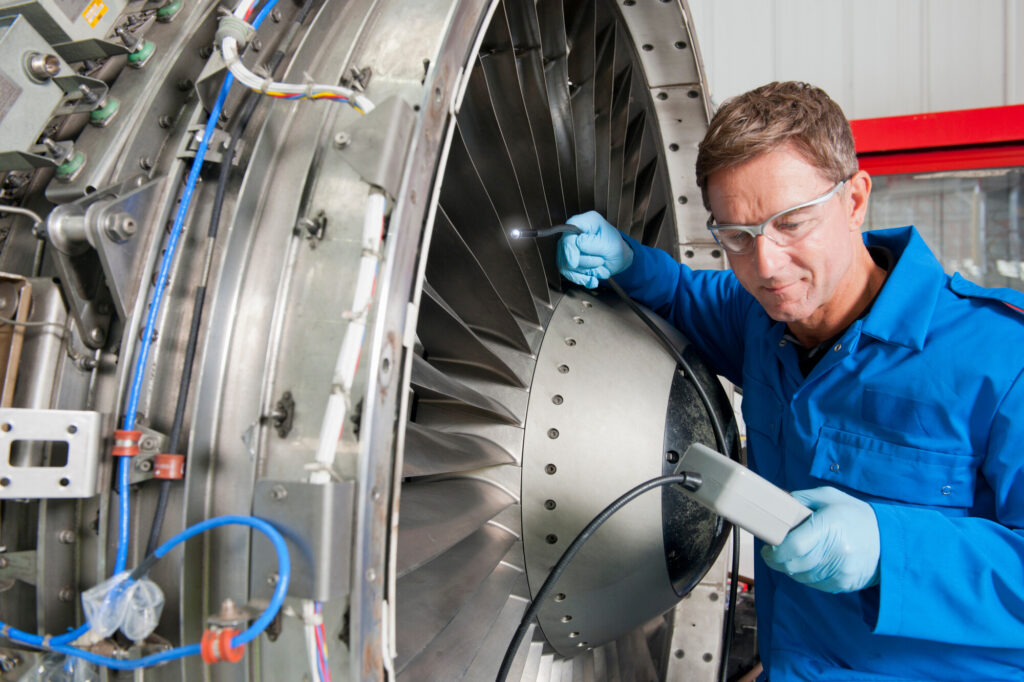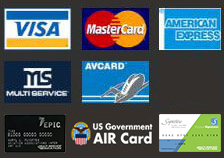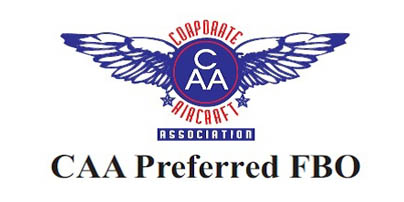Across the globe, private jet travel is up by 40% thanks to business travelers discovering the conveniences of private aviation during 2020.
A corresponding increase in private airplane sales sees manufacturers struggling to keep up with demand. Used jets are few and far between nowadays, too.
If you’re an aspirant jet owner who is lucky enough to have come across a jet you like that’s available for sale, there’s a chance you’re tempted to snatch it up as soon as possible
Not so fast, an aircraft pre-buy inspection is an essential part of the jet-buying process, from a safety as well as a cost perspective.
Find out why you must insist on a pre-buy inspection before you sign a sales contract on your private jet, and what’s involved in the process.
What Is an Aircraft Pre-Buy Inspection?
A pre-buy inspection helps ensure you get a fair deal when you buy a private airplane. During the process, a reputable, qualified, and approved Aviation Maintenance, Repair, and Overhaul facility (MRO).
These inspections involve both on-aircraft and off-aircraft tasks. On-aircraft checks include part numbers, modification statuses, serial numbers, and software levels, as well as ground power checks and airborne checks.
Off-aircraft tasks include checking documentation and records.
It can take up to three weeks to complete an inspection on a large jet.
Why Opt for a Pre-Purchase Inspection?
The FAA does not mandate aircraft inspections before a jet sale, but there are several reasons why you should undertake this time-consuming process. These are:
- Detecting safety issues
- To discover minor issues that may escalate
- Scrutiny of relevant documentation
- Revealing uncertified improvements
- Determining a fair price
All airworthy aircraft undergo regular inspections to ensure the safety of passengers. Yet, you shouldn’t assume an up-to-date service and inspection history is enough reason to forego a pre-buy inspection.
Regular inspections revolve around airworthiness and safety. Pre-purchase inspections are specifically designed to eliminate areas of concern pertinent to aircraft buyers.
For instance, you don’t want to pay top dollar for an aircraft with substandard seating or chipped interior paint, yet this aspect has little impact on the jet’s safety.
That said, a pre-purchase inspection isn’t as detailed as routine inspections. They’re designed to give you an idea of the aircraft’s current condition and review known problem areas associated with its make and model.
Preparing for a Pre-Purchase Inspection
You must prepare thoroughly for the inspection, so you know what to expect before and after the exercise. These are the main things to iron out in advance:
Time and Cost Expectations
Jet inspections cost between $600 and $2500 depending on the complexities of the aircraft in question. Keep in mind that if the engineer recommends any repairs, these will add to your jet’s downtime.
The buyer pays for the pre-inspection and must reveal the results to the seller within a specified time.
Understanding the Sales Agreement
Read the sales agreement thoroughly in advance, with a lawyer’s help if necessary. Every sales agreement should include:
- A complete list of the times, cycles, and equipment related to the jet
- A thorough description of the aircraft
- Terms of sale, including any aircraft warranty included
- Explanation of who is responsible for correcting discrepancies
- Deadline for submission of the inspection findings and ”technical acceptance”
- The scope of acceptance and pre-purchase flights
- Details of who pays for these flights i.e. fuel and crew expenses
Most sales agreements place the seller when it comes to airworthy discrepancies and all systems impacting the normal operations of the jet. Make sure you know what’s included in ”all systems” before you sign the sales agreement.
A Note on Airworthiness
The FAA defines airworthiness as conforming to the approved ”type design” for the aircraft.
According to this, airworthiness extends far beyond the realm of “safety of flight” items. It also includes discrepancies in things that don’t have defined limits in the Master Equipment List or Maintenance Manual of the aircraft manufacturer.
These items include:
- Panels and edge sealers
- Flight control seats
- Fairing seals
- Placards
Things like corrosion, delamination, nicks, and scratches in these areas don’t present a safety risk, but they don’t comply with the manufacturer’s type design.
Pay close attention to any airworthiness directives. These legally enforceable regulations denote an unsafe condition in an airplane. They’re the aviation equivalent of an automobile recall notice.
Sometimes, repairs or alterations to an airplane’s original configuration can spark concerns over airworthiness.
Set Realistic Expectations
When you buy a pre-owned aircraft, it’s bound to have a few imperfections. There’s a good chance you can fix many of these, like cosmetic issues, on your own.
The seller might not need to repair these things before selling the aircraft, especially if they aren’t safety-related. It’s up to you to figure out whether they fit in with your jet-buying budget or not.
Work With a Qualified Professional
It’s best to work with an experienced third-party inspector.
The airplane’s current maintenance provider might overlook things they work with every day. Fresh eyes will pick up any defects quicker.
You should also ensure you work with someone who has experience with the type of aircraft you’re buying. Jets, helicopters, and vintage planes are vastly different machines.
It’s a good idea to partner with a private aviation consultant to guide you through the process. These experts can help you steer clear of potential risks and ensure a smooth experience when buying a jet.
Get Involved
Buyers must remain actively involved in the pre-purchase inspection process. Talk to the inspector about any concerns you have and highlight what you hope to achieve from the inspection.
You should ask many questions throughout the process, including:
- Where was maintenance on the jet carried out?
- Where is it usually based?
- Is it stored in a hangar?
- Has the plane undergone any damage?
- Was the jet out of use for a period?
- If so, was it prepared and stored correctly?
Don’t hesitate to ask as many questions as you want to.
After all, you’re about to spend a lot of money on the aircraft pending the outcome of the inspection. You have a right to clarity and transparency.
Assume Nothing
You must arrange a pre-buy inspection, no matter what.
It’s natural to think that a newer model aircraft don’t need an inspection. Remember, the newer the aircraft, the more you’ll pay for it, and the more any necessary repairs will cost you too.
If the pre-buy inspection reveals any imperfections with a newer model, there’s a chance you could get these rectified under the plane’s warranty.
Don’t assume that the aircraft has a great maintenance history if a reputable company owns it. Major corporations have cut their aviation budgets in recent years.
With so many other things to take care of, there’s no guarantee they’ve kept tabs on the ins and outs of plane maintenance, either.
Take a Test Flight
Some issues only come to light when the airplane is in action. You should conduct a test flight at the beginning of the pre-buy inspection, when it returns to service, and before you close on the deal.
Be sure to iron out who will pay for the costs involved in each of these test flights before you take off.
Elements of a Private Jet Pre-Purchase Inspection
The procedure surrounding a pre-purchase inspection hinge on the buyer’s requests or the jet’s maintenance manual specifications.
Most MROs have a predetermined list of checks they carry out. You may request additions to this list, but you can’t exclude any from the inspection.
The Aircraft Owners and Pilots Association has an inspection checklist for easy reference.
It’s a good idea to preview these documents, so you’re familiar with the process beforehand. Your inspection should include the minimum requirements listed below:
Documentation Review
Your MRO should review all available records to get an overview of the aircraft. These should include:
- Airframe and engine logbooks
- Flight manuals
- Equipment lists vs configuration
- Records of modifications, alterations, and repairs
- Onboard registration documents
- Maintenance records
- AC SB and AD status
- Overdue items and time/cycle life-limited components
- Records of the jet’s weight and balance checks
- Wiring diagrams and electrical load analysis
- Airworthiness certificate
These document checks help guide the course of the pre-buy inspection and may highlight red flags such as ongoing maintenance issues.
Reviewing the airplane’s logbook can reveal several important things, like:
- Gaps in time indicating the aircraft was out of use
- Significant flight time with very little maintenance
Other important documentation includes records to prove the traceability of replacement components and parts. These documents must be complete and readily available for your inspection.
Airframe Inspection
Ordinarily, this involves a visual inspection of the airplane’s exterior, based on the flight manual. It should cover the following aspects:
- Fuselage
- Wings
- Landing gear including brakes, bearings, wheel assemblies, and axles
- Stabilizers, elevators, and rudder
- Cockpit windshields, cabin windows, and side windows
- Exterior placards and markings
During this inspection, the engineer pays attention to missing paint, damage, corrosion, loose fasteners, and wear. They check windows for signs of delamination, distortion, and scratches as well as functionality.
Finally, they will conduct a fuel storage leak check and inspect all the interior and exterior lights.
Avionics Inspection
Avionics inspections always vary according to the make of the plane and any upgrades already undertaken. The minimum inclusions are:
- Inspecting the antennas for erosion, corrosion, cracks, and damaged sealant
- Checking the radome diverter strips and static wicks
- Looking for loose avionics equipment
- A complete functional check of the avionics
Additionally, avionics require routine testing to ensure accuracy and currency. This may take place in-flight, or at a local avionics shop, and should appear in the relevant documentation.
Interior and Equipment Inspection
The MRO will also check for loose equipment throughout the aircraft. They will also check the following aspects:
- Function and condition of crew and passenger seats
- Corrosion and blue water checks in the lavatory
- Installation and legibility of interior placards
Finally, they’ll make a note of chipped or cracked woodwork, chipped paint, and dysfunctional lavatory and galley doors.
Engine Inspection
While the engine is a vital part of any aircraft, most pre-buy inspections include only a visual check of this aspect. If the MRO notices any signs of damage, they will provide a detailed report of their findings.
As long as the aircraft’s mandated airworthiness checks are up-to-date, you don’t need to worry too much about the finer details of aircraft mechanics and operation.
However, a pre-buy inspection should include a differential compression check on the engine cylinders, or further checks depending on the condition of the airplane.
What Happens if the Aircraft Fails the Inspection?
There are two ways an aircraft won’t make the grade during a pre-purchase inspection. It might fall short in terms of its current condition or problems with the required documentation.
In many cases, you can negotiate with the seller for a reduction in price to help pay for the repairs or get them to carry out these fixes. It’s almost impossible to get the buyer to pay for repairs once you’ve taken ownership of it.
If the aircraft falls short in respect of the required documentation, it’s best to restart your search for a private plane. It’s not worth the risk of buying the plane only to discover it’s breaking compliance. You could end up with hefty fines if this happens.
While it’s tempting to make concessions right now due to the shortage of jets for sale, avoid making rash decisions when making such an expensive purchase.
If you’re uncertain about any part of the private jet buying process, always get advice from an aviation expert.
What’s Next on Your Aviation Journey?
Once you’ve found your ideal jet and completed the necessary inspection, all that remains is to keep it in pristine condition and ready to go at any time. Engaging in the services of a reputable FBO is the best way to do this.
Republic Jet Center is New York’s premier FBO, providing a full suite of jet owner services to our clients and their customers. We can assist you with every aspect of your private jet ownership journey, including your aircraft pre-buy inspection.
Get in touch and one of our industry experts will help you get started.











